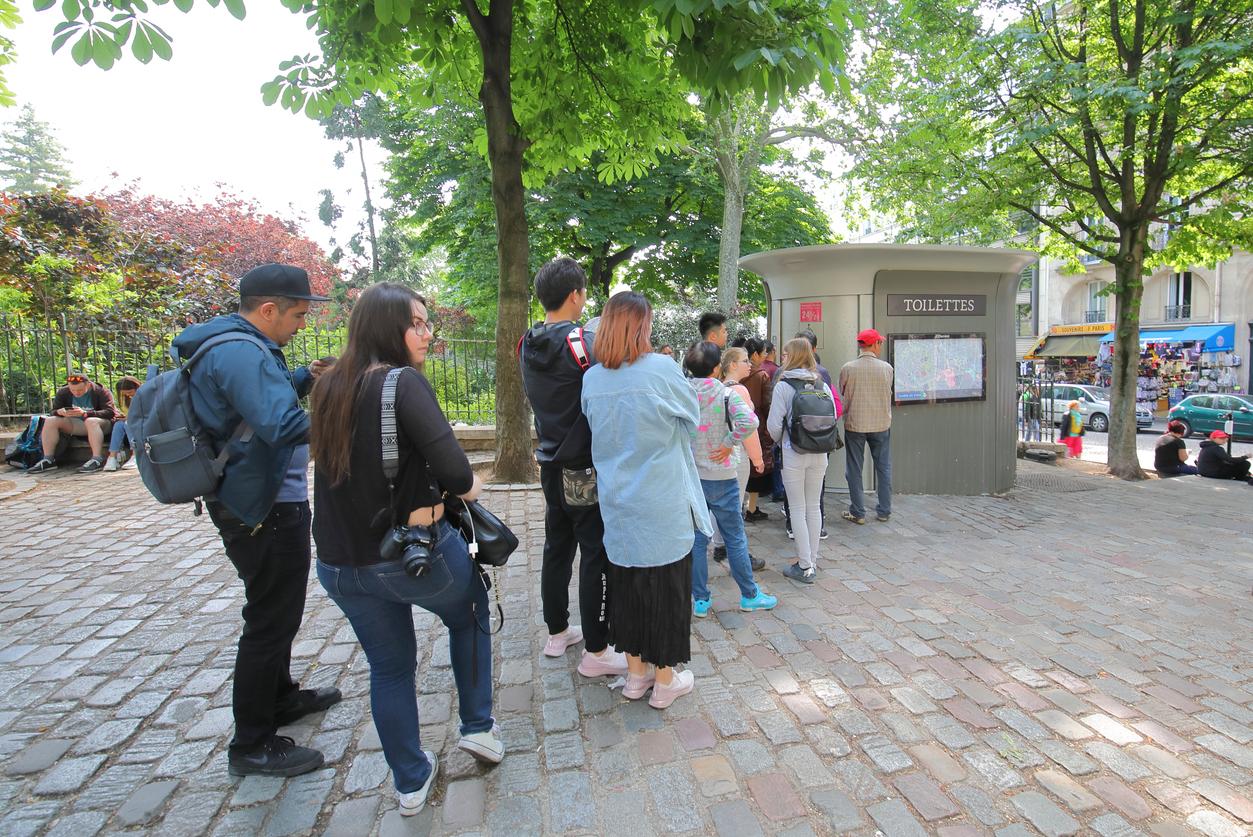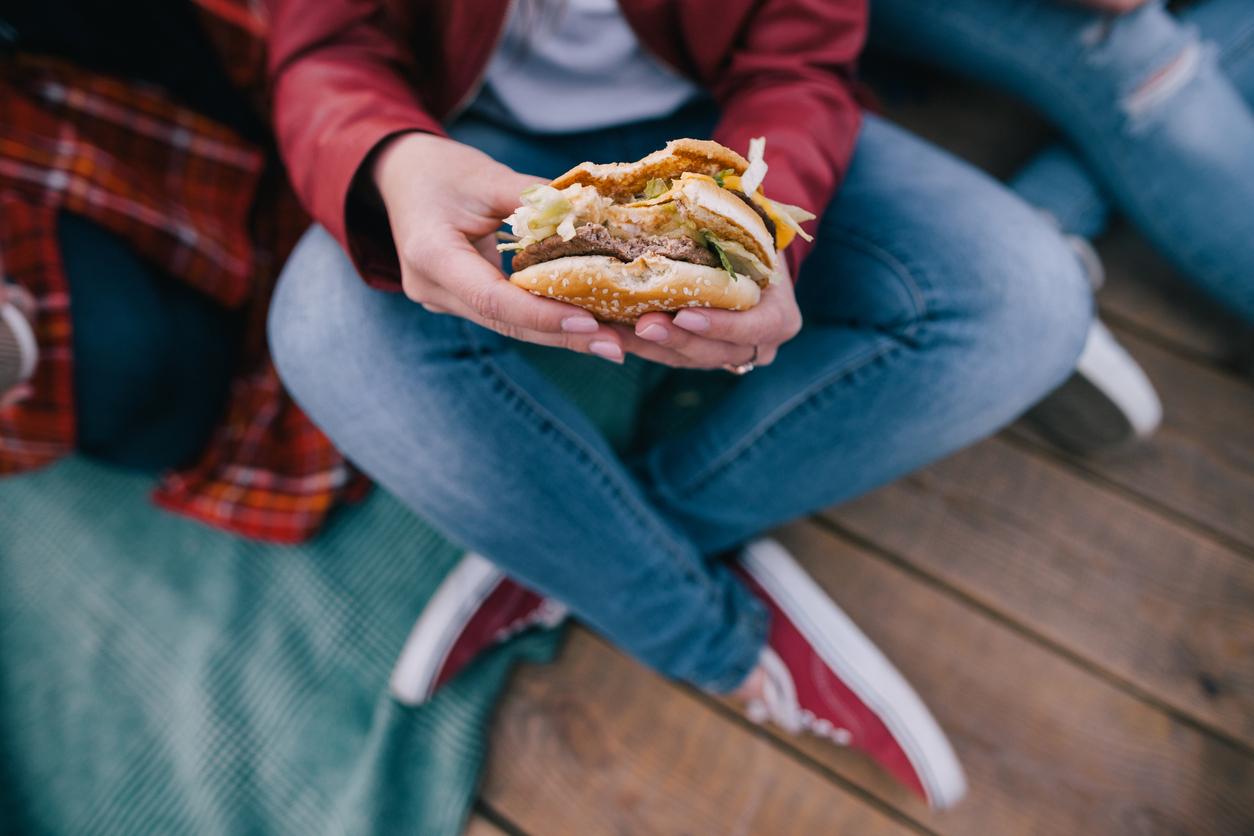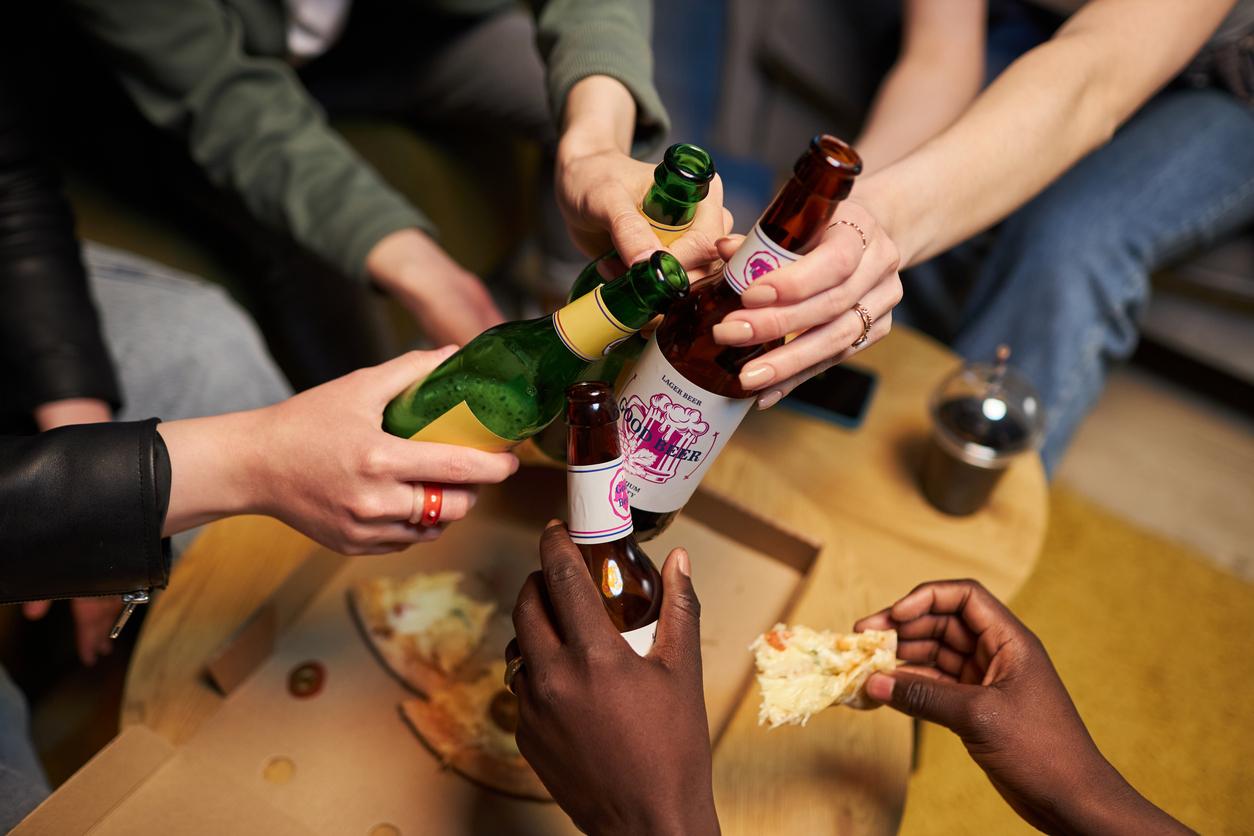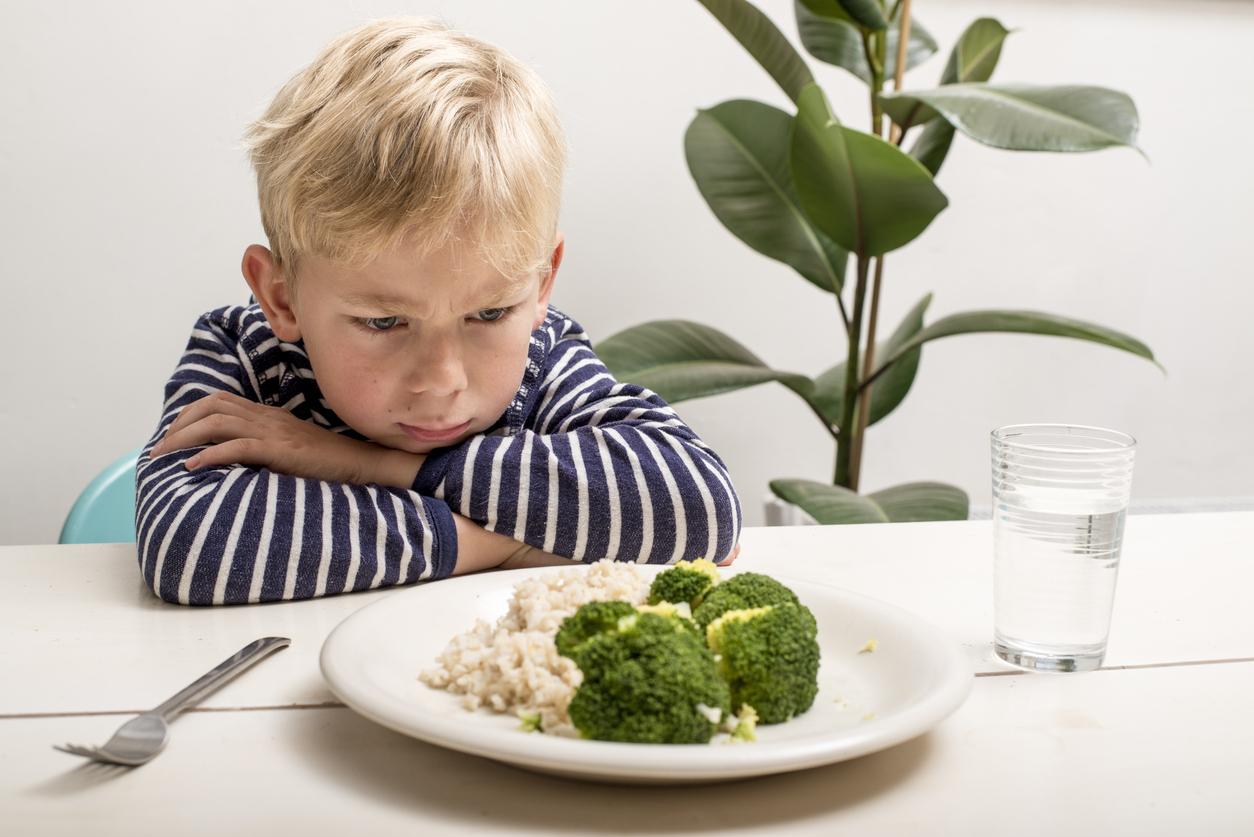
Why do we snack anyway?
Snacking is very common. An apple at ten o’clock, a coffee biscuit at three o’clock and something tasty while watching TV in the evening. But why do we snack anyway?
A distinction can be made between snacks and main meals based on: the amount of kilocalories (kcal) they provide, the judgment of the person who snacks or eats (self-report) or based on the times of snacking or eating.
In the Netherlands, a snack is any type of consumption (for example a chocolate, a biscuit or a glass of orange juice) that is eaten or drunk separately from the main meals (breakfast, lunch, dinner). On average, snacks provide thirty to 35 percent of our daily energy intake. The Dutch Food Consumption Survey (2012-2016) showed that snacks mainly came from the following product groups: biscuits and pastries (87 percent of the daily total), alcoholic drinks (81 percent), non-alcoholic drinks (70 percent), savory snacks ( 65 percent) and fruits, nuts and olives (60 percent).
Snack frequency
Although the main meals are often eaten around the same time, there seem to be less fixed patterns for snacks. The Nutrition Center recommends eating a maximum of one to four snacks per day. This provides structure and regularity throughout the day. More than seven eating moments (including main meals) per day is unfavorable, because this increases the risk of dental caries (cavities).
European university students snack an average of 1.6 times a day, according to figures from 16,486 students from 21 countries. The Dutch students snacked on smaller amounts, spread over several eating moments per day, than the non-Dutch students.
Another study (by Multiscope in 2017) showed that forty percent of the 685 Dutch people surveyed snacked at least three times a day. Moreover, the Dutch turned out to be impulsive snackers. About 40 percent were tempted to have an unplanned snack at least once a day.
More than just hunger
Physiologically, hunger pangs stimulate us to eat, thus preventing or replenishing energy deficits in the body. But if hunger indicates energy shortages in the body, this feeling should increase the longer we have not eaten. However, this appears to happen only to a limited extent. Hunger can also weaken again. Moreover, hunger is not a condition for snacking. After all, there are plenty of people who also snack without hunger. In addition, there are indications that snacks satiate longer than main meals. More specifically, morning and afternoon snacks appear to satiate longer than main meals and evening snacks, according to French researchers (2003). This was independent of the number of kcal in the main meal or snack. This is remarkable, because based on volume, you would expect meals to be more satiating than snacks.
This indicates that there are also other, non-physiological reasons for snacking. The perception and satiating effect of our food also seems to be not only physiologically determined.
Snacking out of habit
The largest part of our (snack) behavior is habitual behaviour. We do it on autopilot. A Dutch study (from 2012) among 1,100 people showed that ‘the habit of snacking’ was the main reason for unhealthy snacking. Less influential were: gender, age, education level, Body Mass Index (BMI), marital status, knowledge about the health consequences of snacking, intentions and attraction to snacking. In addition to unhealthy snacking behaviour, other studies show that ‘the habit of snacking’ is also the main reason for snacking healthily (such as fruit).
The above research results are interesting, because they indicate, for example, that ‘the habit of snacking’ outweighs ‘the intention not to snack in favor of weight loss’. In other words, although you may want to snack less so that you lose weight (intention), those ingrained habits can make this quite difficult. Interventions that were successful in the field of behavior change mainly focused on external triggers (the environment) and the breaking of repeated (habit) behavior.
Our environment
The more people around us, and the more people snacking around us, the more we tend to snack (more). Also, snack choice is influenced by the opinion of those we are currently snacking with and the suitability of the location. For example, people most often snack in places where there is little movement, such as in the car or behind the desk. In addition, the car would be more suitable for eating chocolate and the office or the plane would be more suitable for eating bread. Prices also influence our snacking behaviour. For example, high-fat and sugar-rich snacks are sometimes preferred over fruit and vegetables. However, when fruits and vegetables are discounted, people are more likely to choose fruits and vegetables as a snack. In addition, research shows that time spent watching TV is associated with snacking and higher energy intake. This is not only because of the distraction (from watching TV) and an inactive lifestyle, but also because there are many commercials that promote unhealthy snacks. Seeing food makes eating. The reverse also works: if there are fewer snacks in the environment (such as at home or at the office), the temptation to snack becomes less.
mood and stress
Changes in mood can also affect our snacking behavior. There are negative changes in mood (such as: anxiety, gloom, stress and boredom) and positive changes in mood (such as: cheerfulness, happiness and contentment). Also personal characteristics (such as: character, eating behavior, Body Mass Index [BMI] and gender) may play a role.
Saskia Wouters (Faculty of Psychology and Educational Sciences at the Open University) concluded in 2017 that men snack less than usual under the influence of negative changes in mood. This is probably due to a decreased appetite. Other research shows that stress, in particular, increases cravings for snacks. In addition, the energy-rich snacks seem to reduce the level of perceived stress the most.
In addition, Wouters showed that men and young adults (between the ages of 20 and 30) snack more than usual under the influence of positive changes in mood. Women or adults in other age categories did not.
Short-term sleep deprivation
People with partial sleep deprivation (for a maximum of a few weeks) ate and/or drank on average 385 kcal more daily than people with a good night’s sleep. This was shown by figures from a large-scale study from 2017 (based on seventeen studies and 496 people). However, the people with partial sleep deprivation did not compensate for this higher energy intake by exercising more. As a result, partial sleep deprivation can lead to weight gain. One study in particular concluded that people with partial sleep deprivation mainly started eating more carbohydrate-rich snacks. There are several possible explanations for this increased energy intake. First of all, it is suggested that sleep deprivation affects our hunger and satiety hormones (ghrelin and leptin). However, it is also thought that under the influence of sleep deprivation, the reward center in the brain motivates more than usual to eat (high-fat and high-sugar).
Effect on weight
There are studies available that associate higher snack consumption with higher energy intake and weight gain. However, other research results indicate no association or even a positive effect on the quality of our diet.
The circumstances surrounding snacking and snack choices seem to play a more important role than the amount of snacks eaten and/or drunk. Young, healthy and slender adults who have a regular snacking pattern seem to be perfectly able to consume neither too many nor too few calories. However, those who have an irregular snacking pattern, are triggered by the environment to snack (even without hunger), and snacking while watching TV, have more difficulty with this. In them, snacking too much can make it difficult to keep the weight stable.
Sources
- Bellisle F., Dalix AM, et al. (2003). Contribution of snacks and meals in the diet of French adults: a diet diary study. Physiology & Behavior.
- Stroebele NMA, De Castro JM (2004). Effect of Ambience on Food Intake and Food Choice. Nutrition.
- De Graaf C. (2006). Effects of snacks on energy intake: An evolutionary perspective. appetizer.
- Nedeltcheva AV, Kilkus JM, et al. (2009). Sleep curtailment is accompanied by increased intake of calories from snacks. American Journal of Clinical Nutrition.
- Verplanken B. (2010). Beyond frequency: Habit as mental construct. The British Psychological Society.
- Nutrition Center (2011). Vision with regard to advice on meals in between.
- Van ‘t Riet J., Sijtsema SJ, et al. (2011). The importance of habits in eating behaviour. An overview and recommendations for future research. appetizer.
- Verhoeven AAC, Adriaanse MA, et al. (2012). The power of habits: Unhealthy snacking behavior is primarily predicted by habit strength. British Journal of Health Psychology.
- Bellisle F. (2014). Meals and snacking, diet quality and energy balance. Physiology & Behavior.
- Barnes TL, French SA, et al. (2015). Snacking Behaviors, Diet Quality, and Body Mass Index in a Community Sample of Working Adults. Journal of the Academy of Nutrition and Dietetics.
- Van Rossum C. (2016). Food consumption in the Netherlands today. First findings of food consumption survey 2012-2016. RIVM.
- Murakami K., Barbara M., et al. (2016). Associations between Meal and Snack Frequency and Diet Quality in US Adults: National Health and Nutrition Examination Survey 2003-2012. Journal of the academy of nutrition and dietetics.
- Multiscope (2017). Four out of ten impulsively grab snacks every day.
- Wouters S., Jacobs N., et al. (2017). Affect and between-meal snacking in daily life: the moderating role of gender and age. Psychology & Health.
- Al Khatib HK, Harding SV, et al. (2017). The effects of partial sleep deprivation on energy balance: a systematic review and meta-analysis. European Journal of Clinical Nutrition.
- Elliston KG, Ferguson SG (2017). Personal and situational predictors of everyday snacking: An application of temporal self-regulation theory. British Journal of Health Psychology.
- psychology. Habits. Consulted on 08.05.2018.















